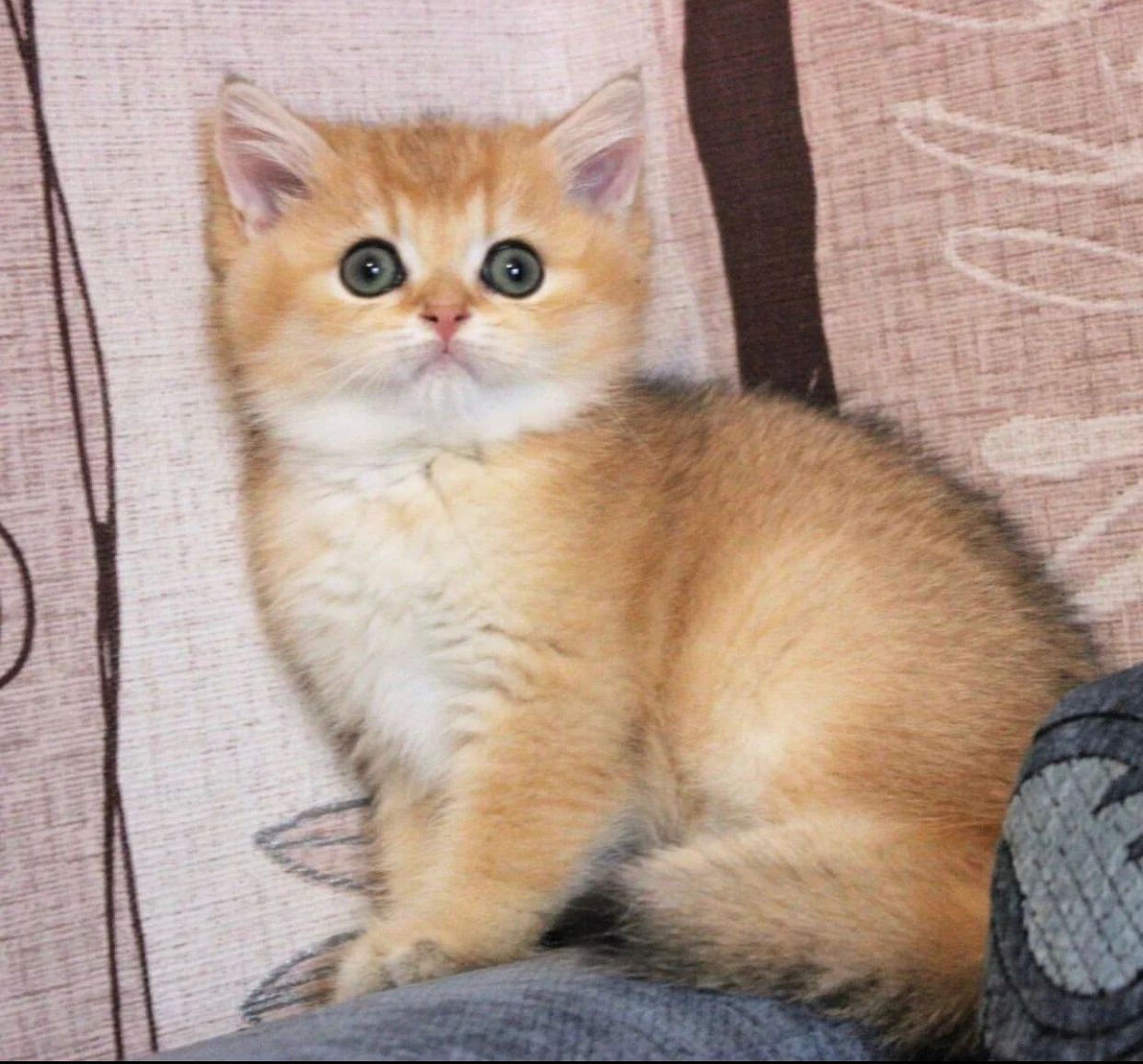aDORABLE BRITISH SHORTHAIRKITTENS
The British shorthair cat is a medium-to-large-sized cat breed with a short, dense coat and a distinctive rounded head and face that make them look like a cuddly teddy bear.
available kittens
Royal British Shorthair Kitten
These cats tend to be sweet and affectionate without being needy or clingy. The British shorthair hails from the United Kingdom where it developed naturally and was the region’s original domestic shorthaired cat.
about us
contact us
ABOUT THIS BREED
The British shorthair is a medium-to-large-sized cat with a compact, well-balanced, and powerful body. Females are slightly smaller than males. One of the hallmarks of the breed is the round head, with round cheeks, a firm chin, medium-sized ears, and large, round eyes. The British shorthair has a short, dense single coat with no undercoat. Although blue British shorthairs are common, the breed can come in many different colors and patterns.
As the breed name suggests, the British shorthair has a short coat that needs only minimal grooming. Brush about once a week using a soft slicker brush, and more frequently during periods of seasonal shedding to remove loose hair before it ends up all over the house.
Trim the nails every two to three weeks and check inside the ears weekly. If you see a little debris in the ears, use a pet-ear cleaner and cotton balls to clean the ears using a cotton ball (never use a cotton swab). If your British shorthair’s ears look red or excessively dirty, make an appointment to see your veterinarian.
British shorthairs are playful well into adulthood, but they are not hyper or excessively active. They can get plenty of exercise by exploring the house and playing with you a few times a day. Engage your British shorthair with feather wands, toy mice, and any other favorite toys. Make sure your cat has plenty of things to climb and perch upon like cat trees, cat-friendly bookshelves.
Why Get a British shorthair kitten?
Personality
Affectionate, playful, and loyal, the British Shorthair is a very companionable cat with family and close friends, although like many cats they may take a little time to warm up to strangers. A relatively quiet cat, and surprisingly gregarious, the British Shorthair gets on well in multi-cat households and will befriend other household pets too, particularly cat-friendly dogs.
Health
British shorthairs are a large, healthy breed that can live up to 20 years. However, they are susceptible to certain health problems, as all breeds are.
These kitties can be prone to the following conditions:
Appearance
Besides being treasured for their easygoing attitude about life, British shorthairs are beloved for their thick, dense coats that come in almost any color or pattern. Blue-gray cats, often called British blues, are probably the most popular color choice of British shorthair fanciers.
But aside from their common blue coat, this breed is easy to recognize because of their thick legs, broad chests, rounded heads, and chubby cheeks that are totally pinchable. British shorthairs with blue coats have bold orange-amber eyes, but individuals with other coat colors can have green, copper, amber, or blue eyes.
available kittens
Care
Unlike long-haired cats, British shorthairs don’t need to be fussed over to look good. Their short, soft, dense coat only requires weekly brushing to remove dead hair and skin cells. But for the most part, they do a good job keeping themselves clean and tidy.
Family Ready
Our cuties have such great temperaments. They are very quickly becoming one of the greatest family kittens around!
Kitten Care
Like other breeds, British shorthairs need frequent nail trims and dental care, as well as regular trips to the veterinarian. Be sure to spay or neuter your pet and keep their vaccinations up to date, as instructed by your vet.








